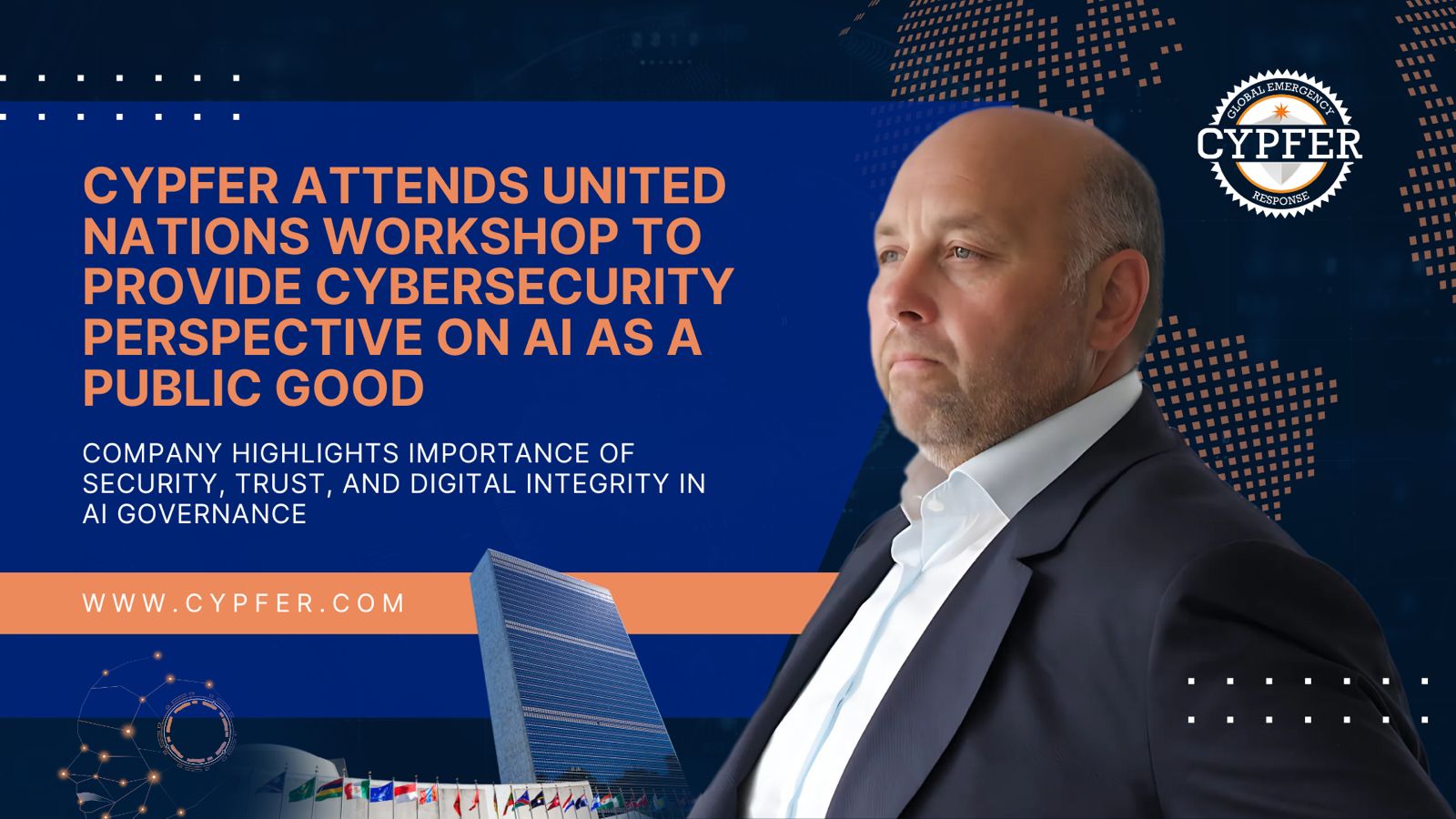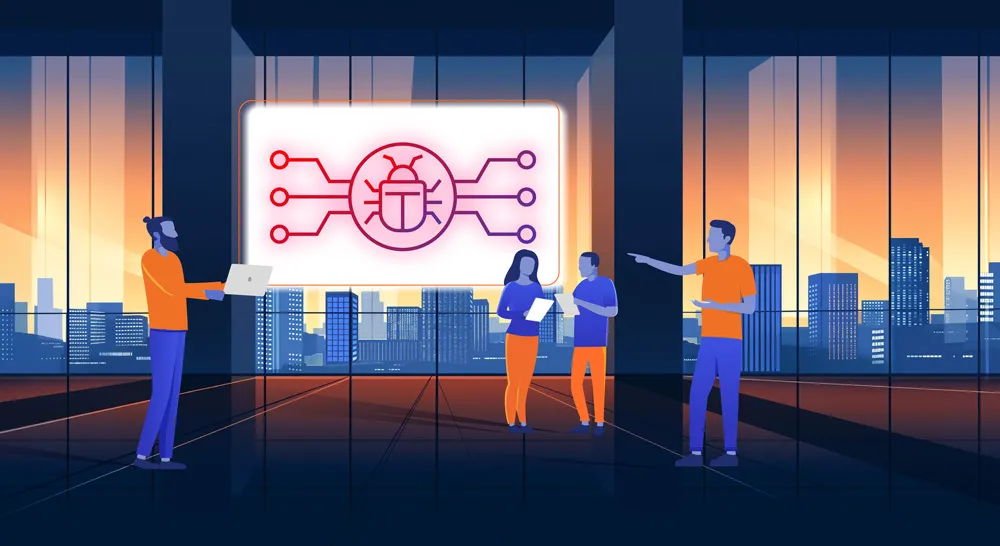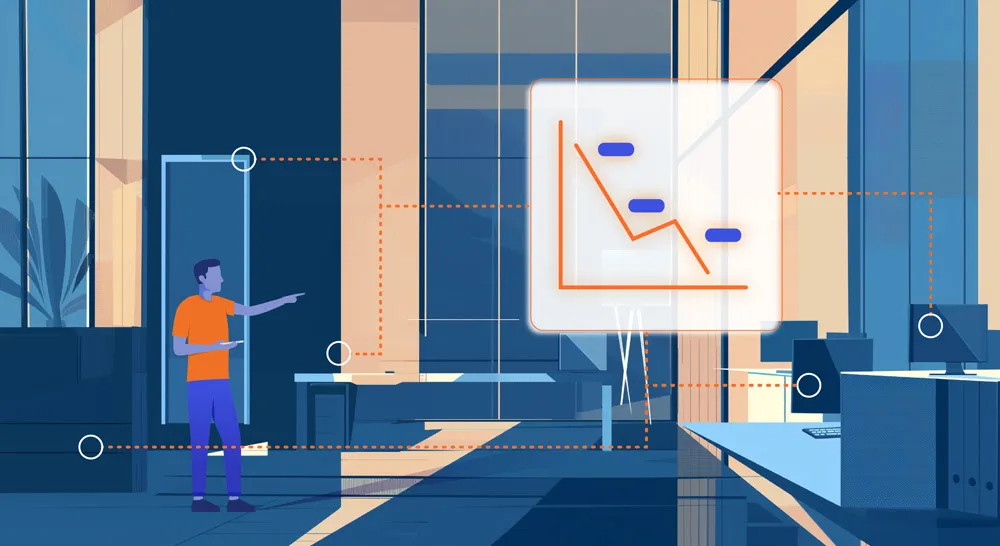
Seamless detection, response, and recovery to minimize cyber risks and business disruption.
It’s 2:00 AM, and the IT team at a mid-sized manufacturing company receives an alert: unusual traffic patterns are detected across critical systems. The Managed Detection and Response (MDR) provider has flagged it as a potential ransomware attack. The clock is ticking.
But instead of launching a seamless response, chaos erupts. The MDR team isn’t sure how to escalate the issue. The company’s Incident Response (IR) team is brought in hours later, by which time the ransomware has spread to the production environment. Confusion over roles, misaligned workflows, and delays in communication result in two days of downtime, millions of dollars lost, and irreparable damage to client trust.
Scenarios like this highlight the devastating consequences of a fragmented approach to cybersecurity. Monitoring, detecting, and responding to cyber threats must work together like clockwork. Yet too often, organizations treat these critical elements as independent silos, leaving dangerous gaps that attackers are all too eager to exploit.
In this blog, we’ll explore why integrating MDR and Incident Response is vital for fast, effective action in the face of cyber threats, and how a unified strategy can transform your organization’s security posture. Let’s break down what this integrated approach looks like and how it drives detection, response, and recovery forward—seamlessly.
The Disconnect: A Risky Gap
MDR excels at monitoring and detecting cyber threats in real-time, using advanced analytics, threat intelligence, and machine learning to identify anomalies. On the other hand, Incident Response is the cornerstone of containing, eradicating, and recovering from an attack. Despite their complementary nature, many organizations treat these as separate functions, often relying on siloed teams or tools.
This disconnect can result in:
- Delayed Responses: Threats detected by MDR may not be communicated to the IR team in time, giving attackers a crucial head start.
- Misaligned Strategies: Separate workflows can create confusion over roles and responsibilities during an incident.
- Increased Business Disruption: Without a unified strategy, containment and recovery efforts are often inefficient, leading to prolonged downtime.
Why Integration Matters
Integrating MDR and Incident Response ensures a seamless flow of information and actions across the entire incident lifecycle. Here’s how it transforms cybersecurity:
- Proactive Detection and Response: Integrated workflows ensure that threats identified by MDR are immediately escalated to the IR team, reducing response time.
- Streamlined Communication: Unified platforms and strategies minimize the chances of critical information slipping through the cracks.
- End-to-End Visibility: Integration provides a holistic view of the threat landscape, allowing for better decision-making and faster containment.
- Cost Efficiency: A cohesive strategy reduces redundancies and maximizes resource utilization, minimizing the financial impact of a breach.
What an Integrated Approach Looks Like
An integrated MDR-IR strategy hinges on four key elements:
- Unified Platforms: Leveraging centralized tools for threat monitoring, detection, and response ensures seamless data sharing.
- Collaborative Teams: Cross-functional training and clearly defined roles foster effective collaboration during an incident.
- Playbook Integration: Predefined workflows that bridge MDR and IR processes enable rapid and consistent responses.
- Continuous Improvement: Post-incident analysis drives ongoing refinement of detection and response capabilities.
Bringing It All Together
Creating a cohesive MDR-IR strategy starts with leadership buy-in and a focus on alignment. Here’s how your organization can get started:
- Conduct a Gap Analysis: Assess the current state of your MDR and IR processes to identify disconnects.
- Choose the Right Partner: Work with cybersecurity providers who offer integrated MDR and IR services.
- Invest in Training: Equip your teams with the skills to collaborate effectively under pressure.
- Adopt a Response-Driven Approach: Prioritize detection, response, and recovery as interconnected phases of your cybersecurity lifecycle.
Achieve Cyber Certainty™ with CYPFER
At CYPFER, we specialize in integrating detection, response, and recovery into a seamless end-to-end solution. Our approach combines 24/7 monitoring, deep incident response expertise, and global recovery capabilities to ensure your organization is protected at every stage. With no outsourcing and a focus on minimizing downtime, CYPFER is your trusted partner in achieving Cyber Certainty™.
Let’s discuss how we can strengthen your organization’s cyber defenses. Contact us today to build a unified strategy that works.
Your Complete Cyber Security Partner:
Every Step, Every Threat.
At CYPFER, we don’t just protect your business—we become part of it.
As an extension of your team, our sole focus is on cyber security, ensuring your peace of mind. From incident response and ransomware recovery to digital forensics and cyber risk, we integrate seamlessly with your operations. We’re with you 24×7, ready to tackle threats head-on and prevent future ones.
Choose CYPFER, and experience unmatched dedication and expertise. Trust us to keep your business secure and resilient at every turn.

Get Cyber Certainty™ Today
We’re here to keep the heartbeat of your business running, safe from the threat of cyber attacks. Wherever and whatever your circumstances.
Contact CYPFER





